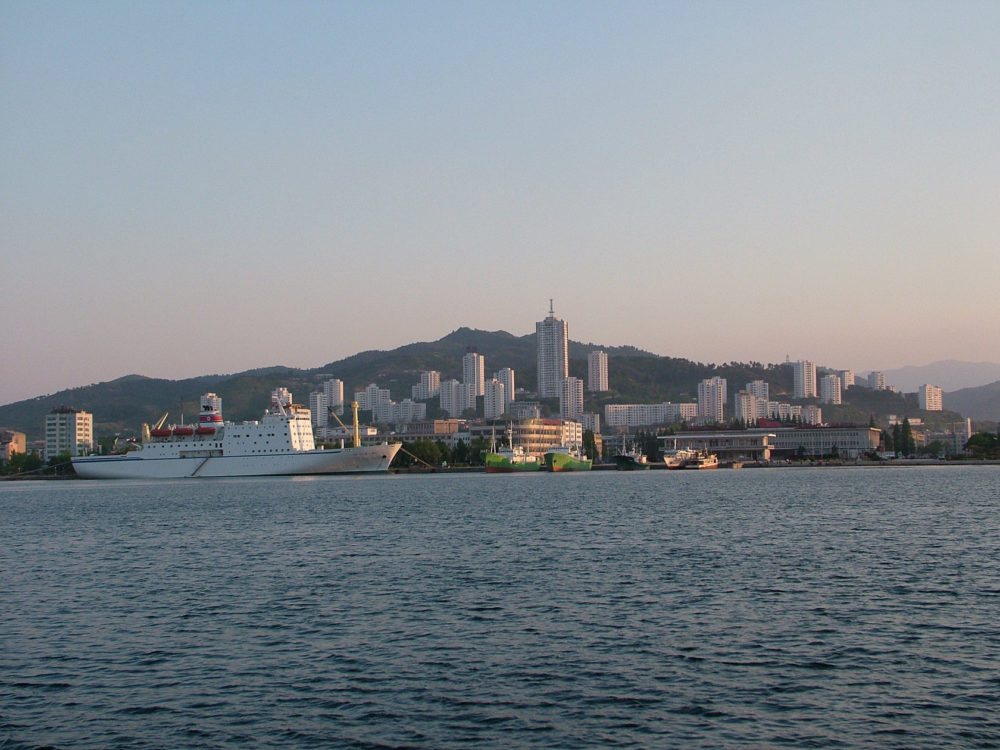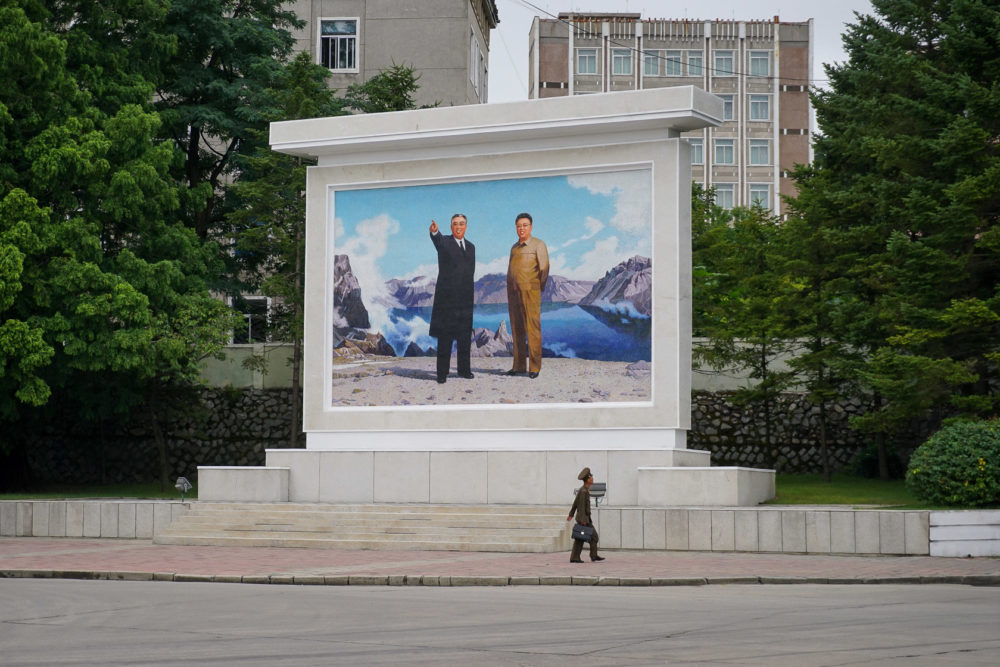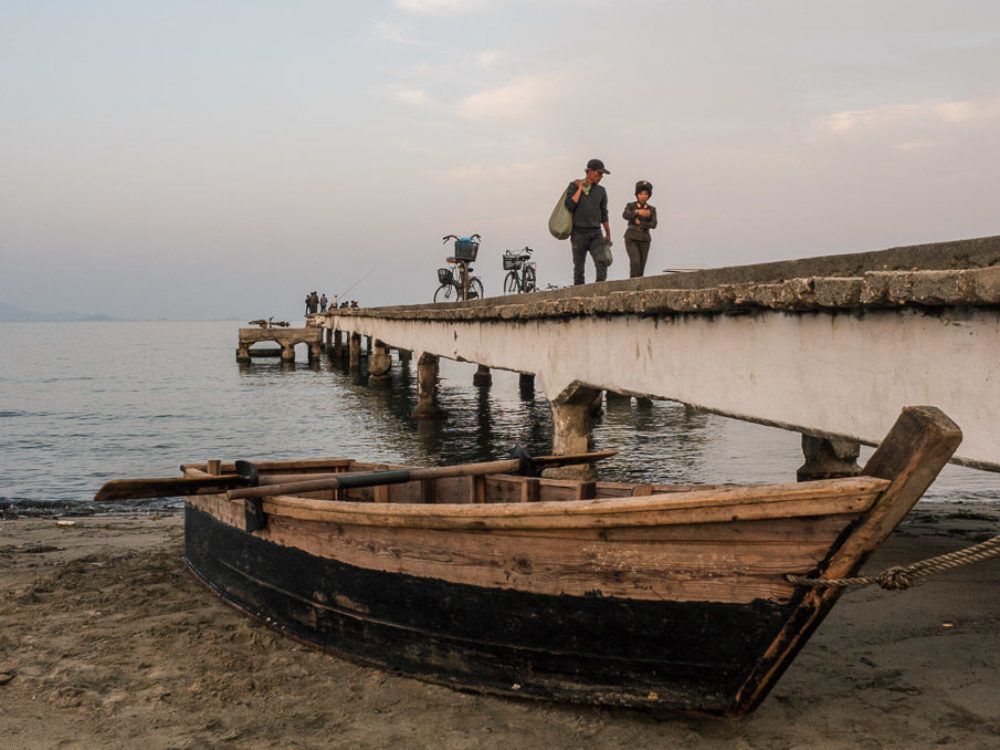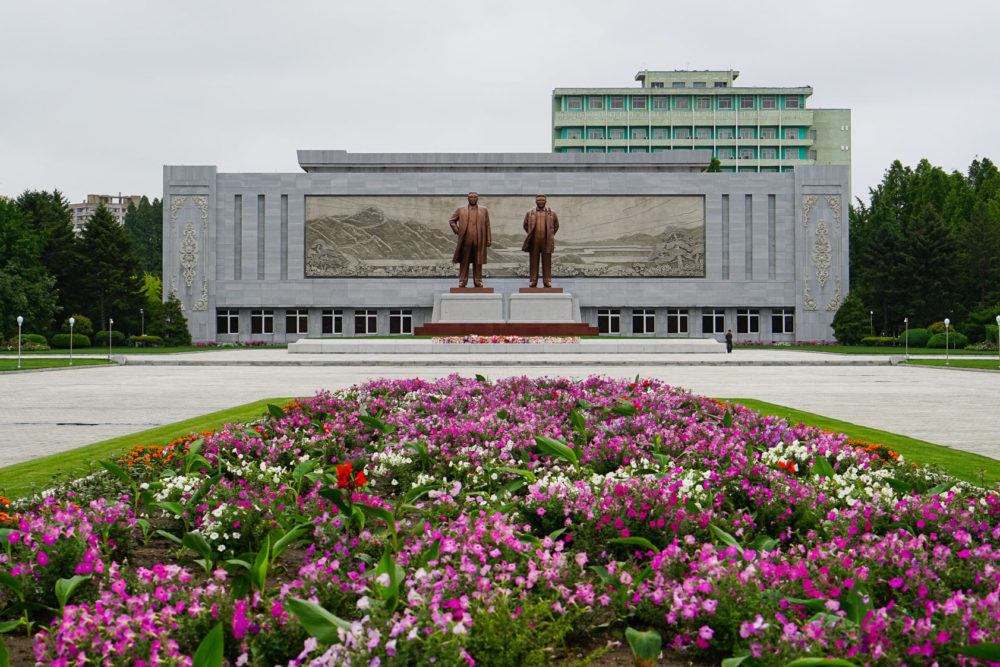Introduction
Wonsan is a port city in North Korea’s Kangwon Province on the east coast of the Korean peninsula. First established as an important trade gateway, contemporary Wonsan is a charming seaside town of 360,000 people with immaculate yellow-sand beaches lined by holiday homes, summer camps, and sport and recreation facilities. Fisherman can be seen throwing lines from the piers, families cook BBQ clams on wooden stoves by the rocks and couples hit waterside vantage points for wedding photos. Back from the seaside, you’ll find a burgeoning light industry and a hub of renowned universities and colleges.
Why is Wonsan important?
Wonsan city is the vital link between North Korea’s west and east coasts. All travelers heading to Hamhung or Mt. Kumgang will go through Wonsan. Wonsan is part of the Wonsan-Mt. Kumgang International Tourist Zone which also includes Masikryong Ski Resort, Ullim Waterfalls, Sokwang Temple, Thongchon County and Mount Kumgang.
Due to its role as a coastal supply route, Wonsan was heavily bombed during the Korean War and endured the longest naval blockade in modern history. The city has since been completely rebuilt. In 1968, the famous ‘American spy ship’ USS Pueblo was captured by North Korean forces off the east coast and docked in Wonsan harbour before eventually reaching Pyongyang, where it remains moored to this day.
How do you get to Wonsan?
By Road: Wonsan is located 200km from Pyongyang and can be reached directly by road on the Pyongyang-Wonsan Motorway. The drive takes approximately 4 hours. The east coast of Korea is extremely mountainous and this road includes bridges and a total of 22 tunnels cutting through the terrain. The road, while paved, is rough and if traveling this route in the winter or in bad weather the journey will take longer. Sinpyong Rest Stop is located roughly halfway to stretch your legs and grab a coffee.
By Flight: It’s possible to fly domestically between Pyongyang and Wonsan Kalma International Airport. Scheduled flights are not regular, but charters can be arranged anytime. This option can be appealing during winter months for visits to the nearby Masikryong Ski Resort. Hopefully, we’ll see international flights scheduled for this airport in the future!
By Train: Wonsan is also a railway junction linking the east and west coast, but it’s very rare to take this train journey as a foreigner.
What is the weather like in Wonsan?
Being a coastal town, Wonsan itself experiences more moderate temperatures than inland. The climate is relatively mild with an annual average temperature of 10℃ with highs in the summer of 27℃. The annual average precipitation is 1400mm. We can arrange visits to Wonsan all year round.
How do I include Wonsan in my itinerary?
Stopover trip: You will pass through Wonsan en route to all east coast destinations. If travelling onwards, Wonsan can be enjoyed as a half-day stopover trip, or as the launchpad for overnight (or longer) journeys to the famous Mt. Kumgang or to North Korea’s second-largest city, Hamhung.
Overnight trip: Assuming your starting point is Pyongyang, at least one night is required to visit Wonsan. You’ll depart Pyongyang early in the morning, arrive in Wonsan for lunch followed by an afternoon filled with activities before retiring to a local hotel. The next day, continue sightseeing or enjoy the beaches and then return to Pyongyang in the afternoon.
Multi-night trip: At the current time, there is limited draw to stay beyond an overnight in Wonsan. However, when the Wonsan-Kalma Coastal Tourist Area opens in 2021, multi-night weekend getaways in the sun will become far more common!
Where to stay in Wonsan?
On visits to Wonsan, we typically stay at the stunning Masikryong Hotel within the Masikryong Ski Resort complex, a short drive away. The Masikryong Hotel has a high standard of amenities, reliable facilities, and endless entertainment options.
When staying in Wonsan City itself, the Dongmyong Hotel is a great option with large rooms that have unobstructed views of the beach, harbour and the East Korea Sea. The Songdowon Hotel next door shares the view and with a larger number of rooms but its retro interior has seen better days. The food in the restaurant is unique, offering hot stone BBQ. Both the Dongmyong Hotel and Songdowon Hotel have no lifts, limited hours of hot water, and experience regular power outages.
The Kalma Hotel is a deluxe accommodation out on the Kalma peninsula itself. Tourists are not often permitted to stay here, but VIPs, delegations, and journalists have been known to spend the night.
The accommodation options in Wonsan could drastically expand after the Wonsan-Kalma Coastal Tourist Area is completed!
What does the future hold for Wonsan?
The Wonsan-Kalma Coastal Tourist Area was planned to be completed in 2019, but after facing delays and then further impacts from Covid-19, it’s still not open as at early 2024. When it opens, it’s sure to cement Wonsan City as the heart of leisure and recreation in North Korea. The city is expecting large-scale tourism, and the new accommodations, restaurants, and planned activities will be welcomed, making longer recreational stays in Wonsan viable. Wonsan may become easier to reach in the future, with Wonsan Kalma International Airport prepared to cater to any increased demand. Time will tell!




